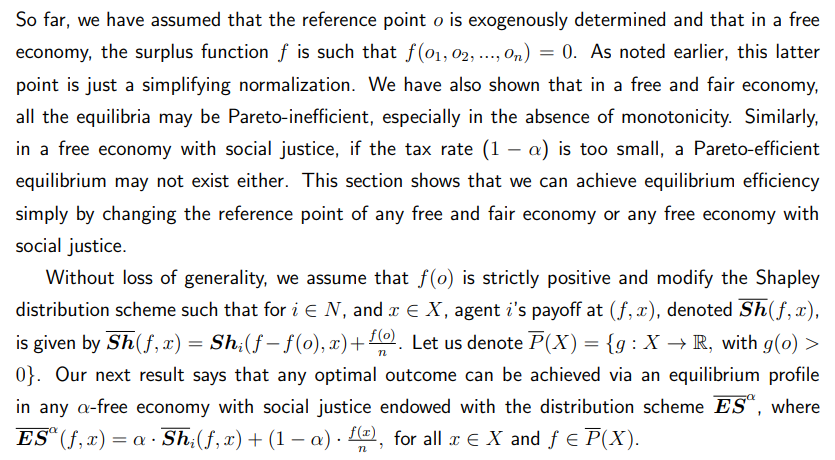Kazakhstan becomes major buyer of gold in 2025
The central bank of Kazakhstan has become one of the world’s biggest buyers of gold in 2025, with its governor calling it a better investment than cryptocurrency.
Nevertheless, the Central Asian nation, which is trying to position itself as the main crypto hub in the region, is also building a stash of digital assets as well.
Gold better than Bitcoin, national bank chair says
Kazakhstan’s gold reserves have increased by 32 tonnes since the start of the year, which saw the price of the precious metal reach record highs.
Speaking at a briefing on the next base rate decision, Chairman of the National Bank of Kazakhstan (NBK) Timur Suleimenov described gold as an “excellent investment commodity.”
Addressing local media, he pointed out that while previously the monetary authority used to trade with the asset, now it’s only accumulating it.
Suleimenov recalled that the NBK sold some gold when prices were more stable in the range $1,700-$2,500 per troy ounce.
Quoted by the Kursiv news outlet on Friday, he elaborated:
The head of Kazakhstan’s financial regulator attributed this to the weakening U.S. dollar, which caused the shift in investor preferences toward the safe-haven asset.
On Wednesday, gold surpassed $4,000 an ounce for the first time, continuing its rally amid geopolitical tensions and economic uncertainty, on top of expected interest rate cuts in the United States.
“Traditionally seen as a store of value during times of instability,” gold “is up 54% year-to-date, after gaining 27% in 2024,” Reuters noted, reporting on its latest all-time high.
“Over the past two years, the price of gold has doubled – from those $2,500 to $4,000,” Suleimenov commented, emphasizing:
Kazakhstan among world’s biggest gold buyers
Kazakhstan’s National Bank, which has the right of first refusal on all gold refined in the country, ranked among the largest gold investors more than once this year. The last time was in August, when it became the biggest buyer by purchasing 8 tonnes.
According to the World Gold Council (WGC), Kazakhstan bought more than half of the total of 15 tonnes acquired by central banks globally over the month.
The industry’s international trade association, which keeps track of such sales, also noted that Kazakhstan’s gold reserves reached 316 tonnes.
Besides Kazakhstan, Uzbekistan, Turkey, China, the Czech Republic, Ghana, and Bulgaria purchased gold, too, 2 tonnes each, while El Salvador bought less than 0.5 tonnes.
The rise in gold prices, which broke several all-time highs this year, is limiting central bank purchases and could encourage tactical selling, commented Krishan Gopaul, senior analyst at the WGC.
Quoted by Kursiv in another post earlier this week, the expert elaborated:
Only two nations sold gold in August – Russia and Indonesia (3 tonnes and 2 tonnes, respectively), the Kazakhstani online edition remarked.
Kazakhstan was the world’s most active gold buyer also in May, bumping its reserves by 7.4 tonnes. It bought another 7 tonnes in June, when it was second only to neighboring Uzbekistan.
The net international reserves of the Central Asian economic powerhouse hit a record high this year as well, totalling $52.2 billion towards the end of the summer.
The government in Astana is also recognizing the potential of cryptocurrencies as reserve assets. In September, President Kassym-Jomart Tokayev ordered the establishment of a strategic crypto reserve.
Kazakhstan, which aspires to become a Eurasian crypto hub, launched its first crypto reserve fund later that month, as reported by Cryptopolitan.
Join a premium crypto trading community free for 30 days - normally $100/mo.
You May Also Like

China Blocks Nvidia’s RTX Pro 6000D as Local Chips Rise

Stellar’s Flagship Meridian Conference Focused on RWAs and Emerging Markets
